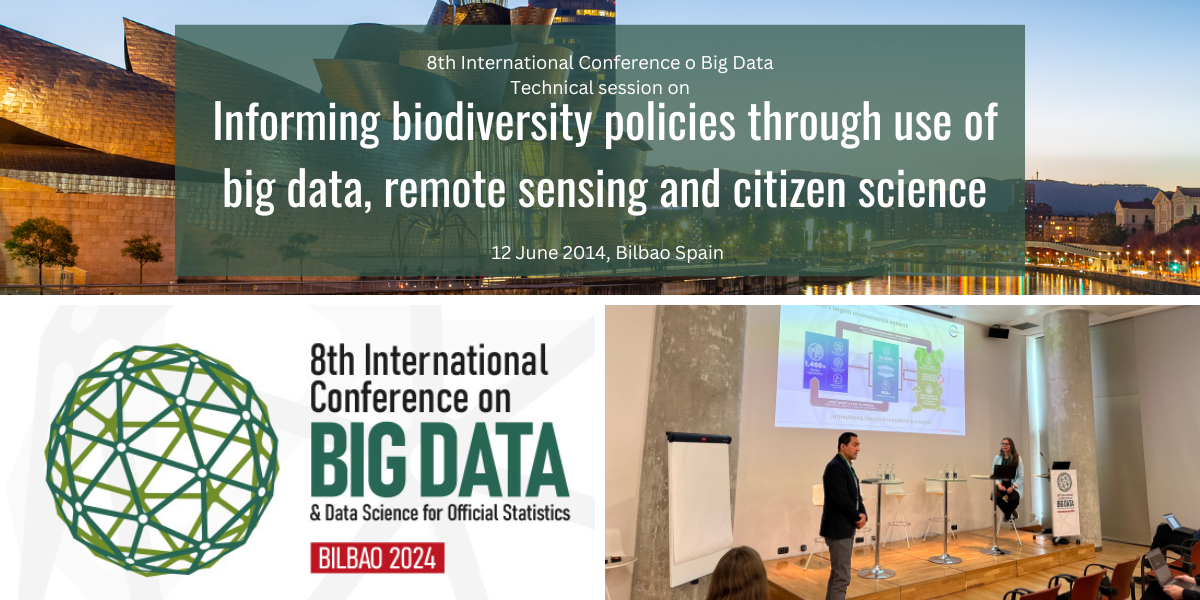
Informing Biodiversity Policies through the Use of Big Data, Remote Sensing, and Citizen Science
The session entitled "Informing Biodiversity Policies through the Use of Big Data, Remote Sensing, and Citizen Science” was organized as technical session at the 8th International Conference on Big Data and Data Science for Official Statistics.
This session focused on how big data, remote sensing and citizen science can inform biodiversity policies and support the compilation of indicators for the monitoring framework of the Kunming-Montreal Global Biodiversity Framework (GBF). The new monitoring framework of the GBF sets out headline indicators for the monitoring of biodiversity at the global level, thus requiring countries to generate new data to report on the indicators.
As technology has rapidly evolved in the past decade, big data, remote sensing, and citizen science can fill data gaps and support the monitoring and measurement of biodiversity, covering the spatial and temporal data needs. However, the use of big data also poses challenges such as assessing the potential intrinsic biases, ensuring open access to big data and the ability to integrate information and interoperability.
The session also addressed challenges in the use of big data, remote sensing and citizen science information gaps and how to overcome these gaps to better inform the biodiversity policies. It begins with a review of the information needs of current initiatives, followed by examples of existing big data, remote sensing and citizen science that are available and are used for biodiversity. Following informative presentations, panel discussions were be organized to reflect on information needs on biodiversity and how the supply of big data, remote sensing and citizen science can be better organized to satisfy the future needs for biodiversity monitoring.
Programme and presentations
|
|
|
|
|
|
|---|
|
|
|


